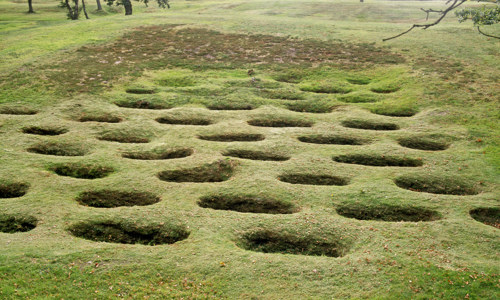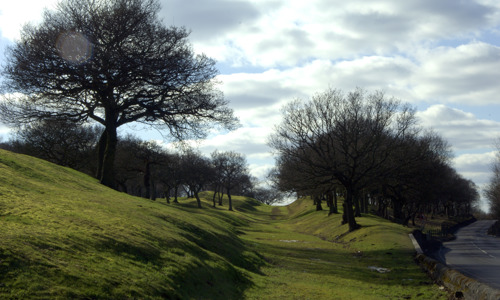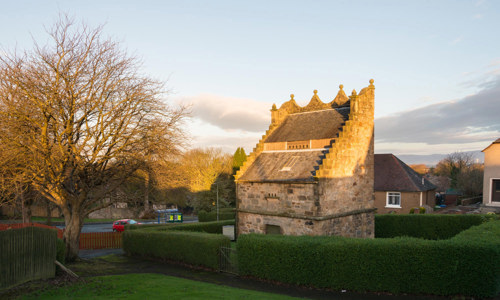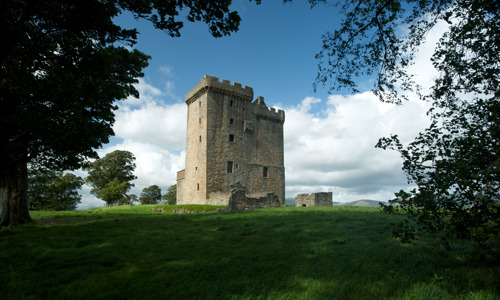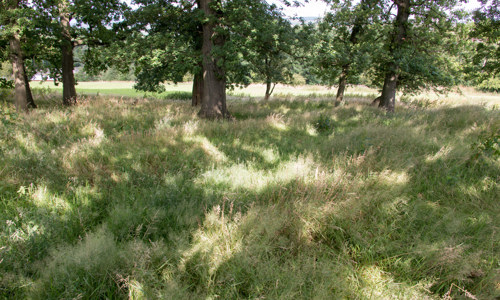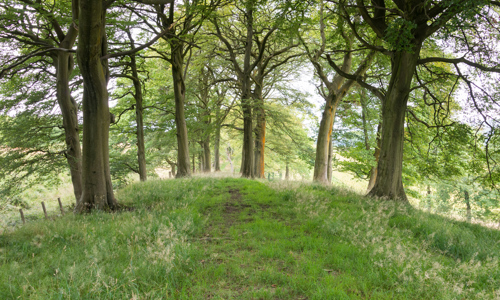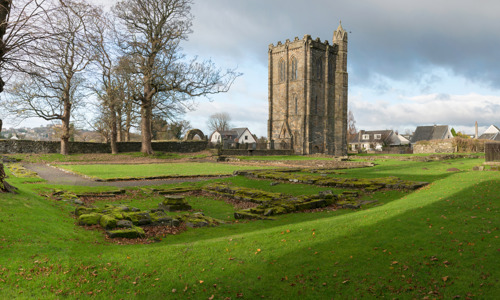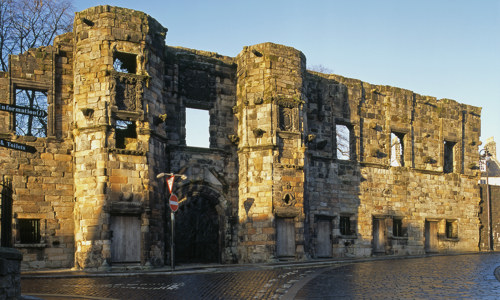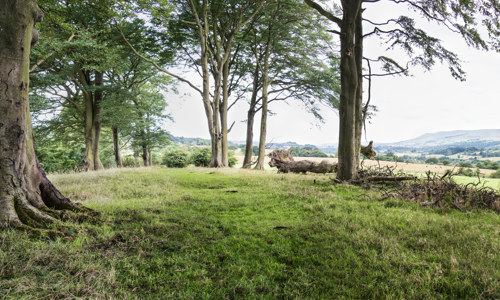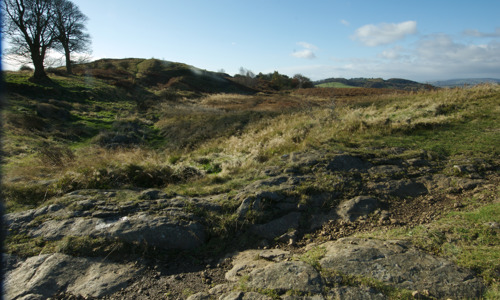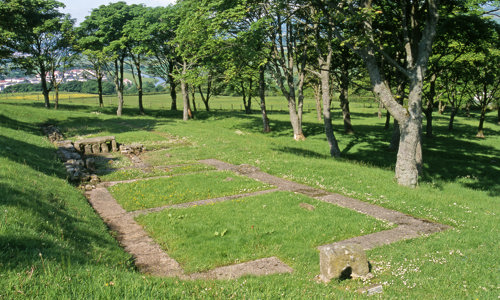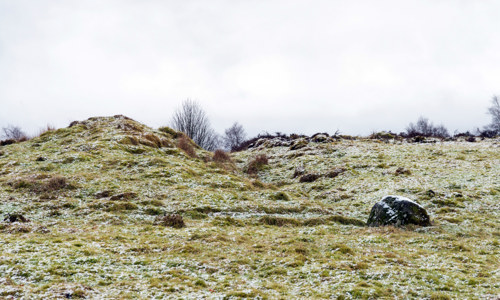History
A crossing point
Close to the ditch at Watling Lodge was the point where the main Roman road north passed through this area on the way to Camelon. A fortlet garrisoned by about 30 soldiers guarded this crossing. Most of the soldiers would have been on detachment from nearby Rough Castle fort. No visible traces of the fortlet survive today.
A short distance to the south, in an open field between the Union Canal and Tamfourhill Wood, is the site of a temporary Roman camp, which is sometimes visible in aerial photographs, but cannot be seen on the ground.
Frontier of an empire
The Antonine Wall was the Roman Empire’s north-western frontier. Built on the orders of Emperor Antoninus Pius in the years following AD 140, it ran for 37 miles (60km) across Scotland’s central belt, from modern Bo’ness on the Firth of Forth to Old Kilpatrick on the River Clyde.
Rather than a stone wall, the Antonine Wall consisted of a turf rampart 3–4 m high on a stone base, possibly topped with a timber palisade. It was fronted by a wide and deep ditch, much of which is still visible today. Forts along the wall provided accommodation for the troops and acted as secure crossing points. All forts were linked by a road called the Military Way, which ran behind the rampart.
When it was built, the Antonine Wall was the most complex frontier ever built by the Roman Army. It was the Romans’ last linear frontier, and was only occupied for about 20 years before it was abandoned in the AD 160s.


